SolaRay-D heater – drop ceiling mount/suspended
$549.00 – $579.00Price range: $549.00 through $579.00
The only suspended ceiling heater that comes with a lifetime warranty and is made in the USA!
- Ceiling, T-bar or suspended mount
- Use with traditional or Wi-Fi controls
- A low-profile and clean radiant heating solution for 2’x4′ drop ceilings.
- Great for commercial spaces like hot yoga studios or offices.
- One size 2’x4′ at 500 or 750 watts
- 120, 240, or 208 volts, addition voltages available
- Lifetime warranty
- Made in USA
How much heat do I need?
Note: We recommend this for suspended ceiling that are under 9′
- Supplemental: 3 – 5+ watts/sq.ft.
- Primary: 6 – 8+ watts/sq.ft.
- Yoga Studio with ceilings under 9′
What makes the SolaRay D so special? 
The SolaRay D makes no noise, emits no VOC, and has a lifetime warranty. It will seamlessly blend into any suspended ceiling room and can easily be painted to match your interior.
How much heat do I need?
- Supplemental heat source: 3 – 5 watts/sq.ft.
- Primary: 6 – 8 watts/sq.ft.
- Yoga Studio: 15 – 30 watts/sq.ft.
Features & Benefits:
- Maximum surface temperature: 227° F/107C
- One size 2’x4′ at 500 or 750 watts
- 120, 240, 0r 208 volts, addition voltages available, contact us
- UL/ETL (Approved for the US and Canada)
- Far infrared spectrum (FIR) heater
 Pays for itself in energy savings and requires no maintenance
Pays for itself in energy savings and requires no maintenance- Controlled with hard-wired, wall-mounted line voltage thermostat
- Available in powder coated white and can be painted with water-based interior paint
- Designed and manufactured in Washington state
- Lifetime warranty, the longest in the industry
- Made in the USA
Specifications
SolaRay Heating Panel Specifications:
NOTE: Specifications are shown at 240 volts, also available at 120 and 208 volts.
| Size | Watts | Amps | BTUs |
| 22.5"x48" at 120v | 500 | 4.2 | 1,705 |
| 22.5"x48" at 240 v | 500 | 2.1 | 1705 |
| 22.5"x48" at 120v | 750 | 6.2 | 2560 |
| 22.5"x48" at 240v | 750 | 3.1 | 2560 |
Documents
- Why SolaRay?
- SolaRay Brochure
- SolaRay Technical Brochure
- Supplementing your current heaters
- SolaRay Lifetime Warranty
Technical Info
Case Studies
- SolaRay vs. Ductless Heat Pump-RCP-Case-Study
- SolaRay vs Wall and Baseboards v4
- Are Radiant Heating System More Efficient?
Troubleshooting and Warranty
For any product troubleshooting and warranty issues please contact our manufacturer directly
https://www.ducoterra.com/frequently-asked-questions/
Reviews
Add a review
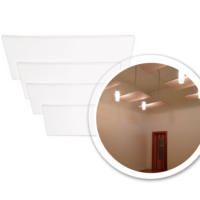 SolaRay-D heater - drop ceiling mount/suspended
SolaRay-D heater - drop ceiling mount/suspended
Overall rating*
0/5
* Rating is required
How did this product work for you?*
0/5
* Rating is required
* Answer is required
Your review
* Review is required
Name
* Name is required
Email
* Email is required
Add photos or video to your review
* Please tick the checkbox to proceed
4.9
Based on 10 reviews
| 5 star | 90 | 90% |
| 4 star | 10 | 10% |
| 3 star | 0% | |
| 2 star | 0% | |
| 1 star | 0% |
Customer workshop
1-5 of 10 reviews
Sorry, no reviews match your current selections

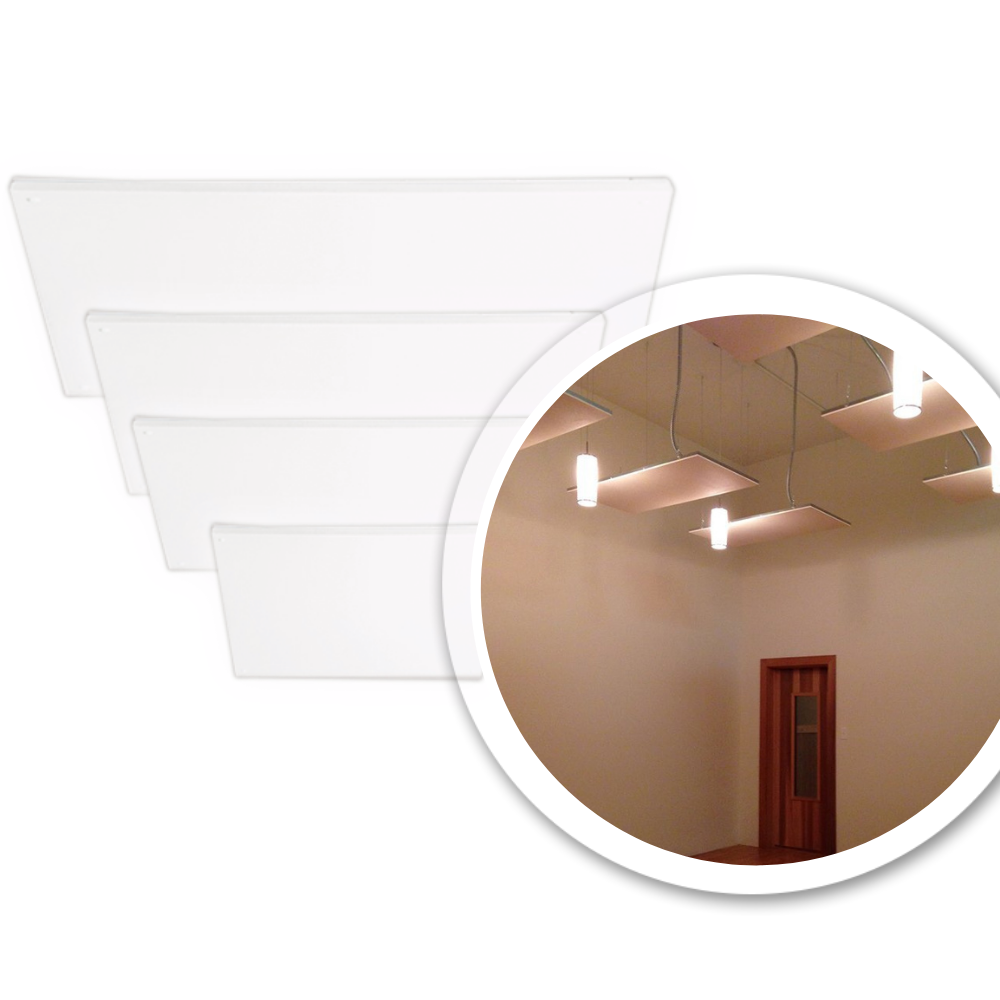
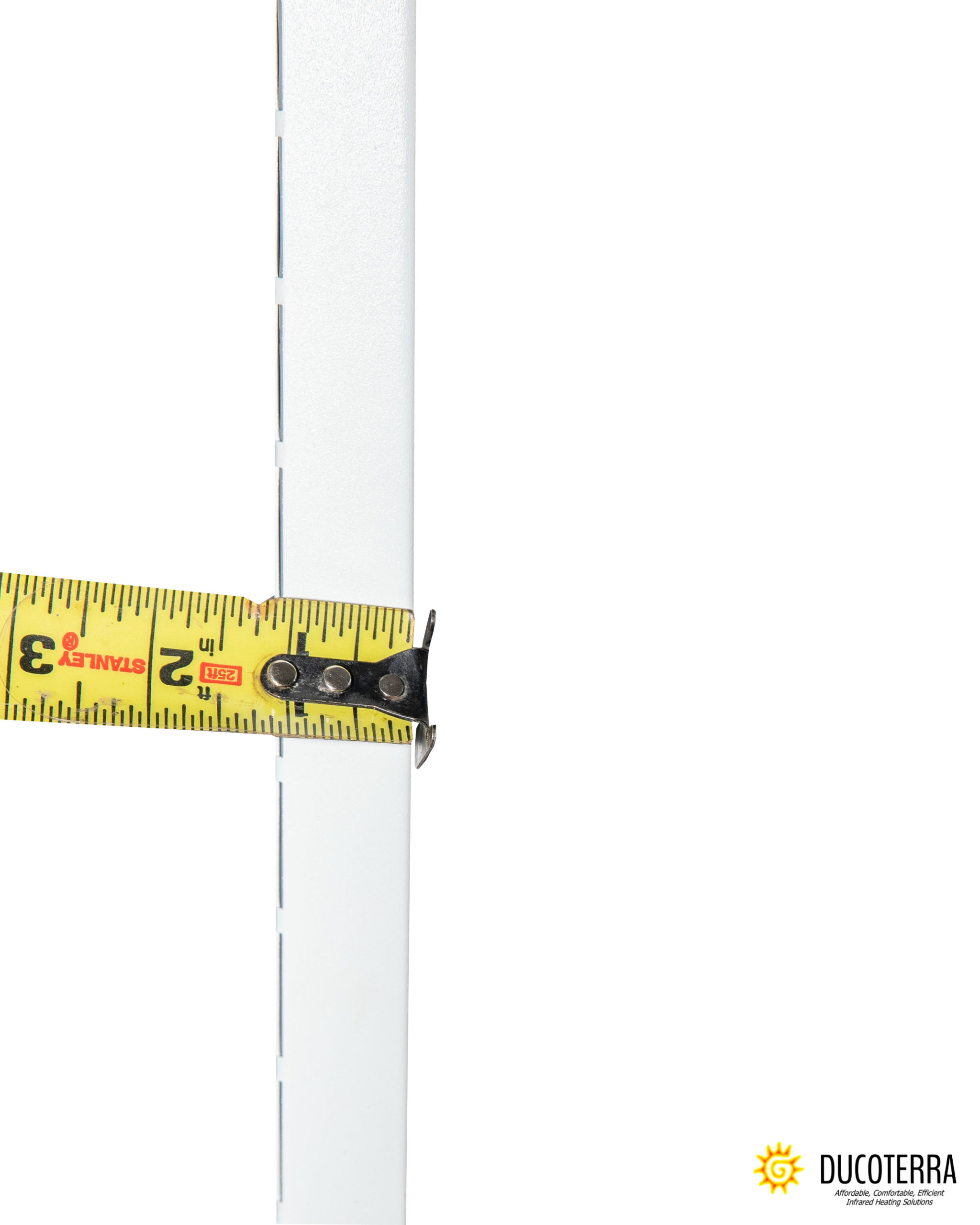
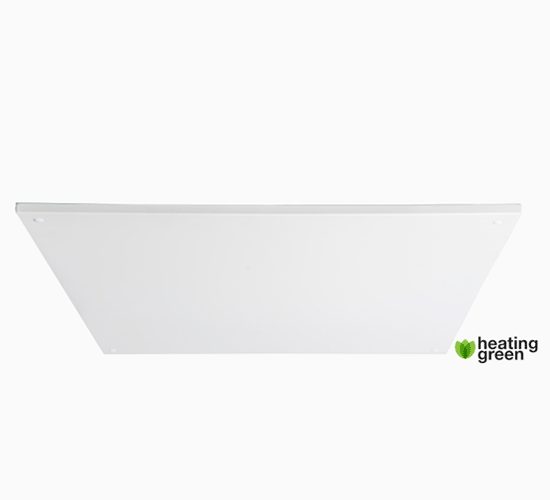



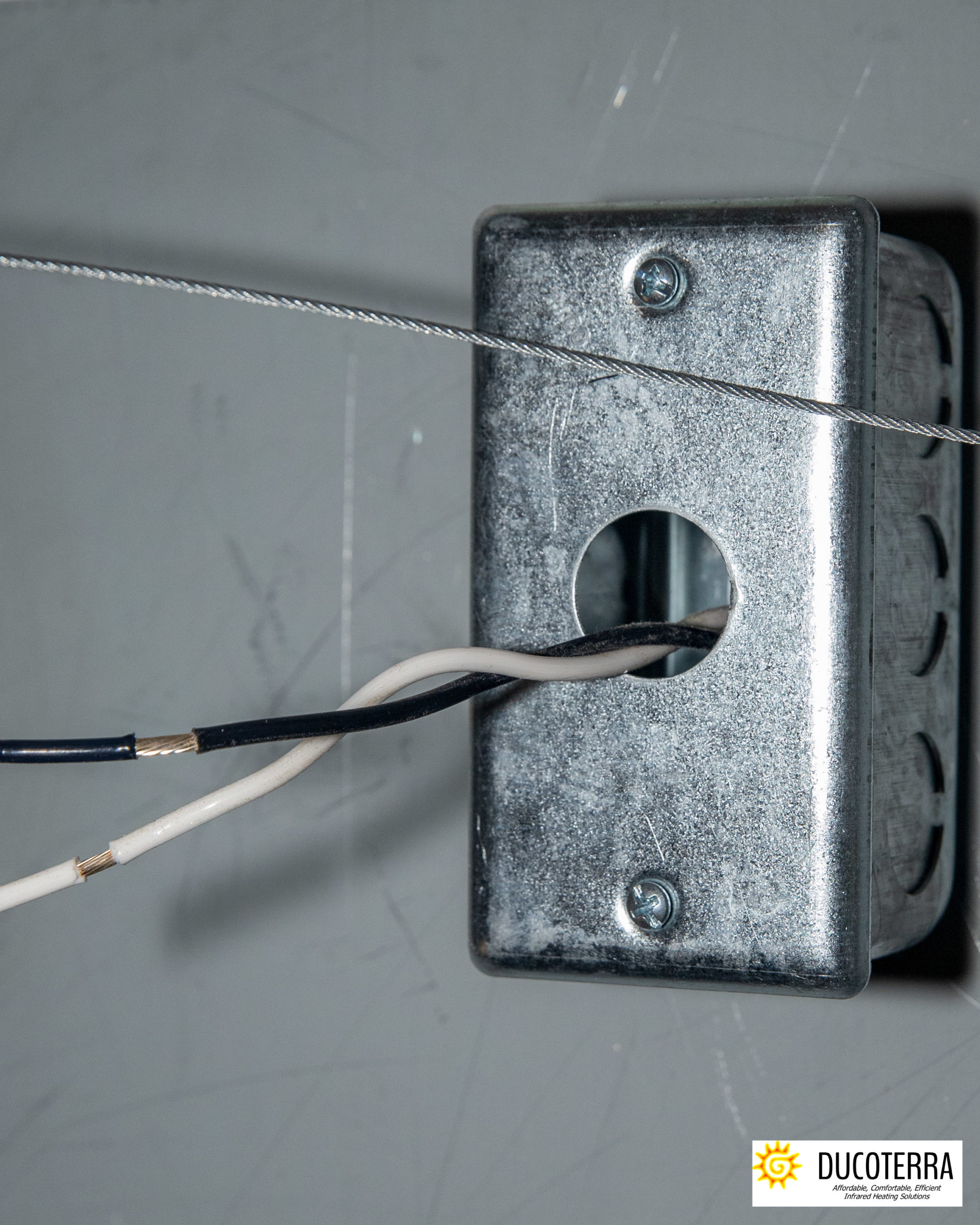
Sizing and ordering to delivery was great
customer service is always the best. quick and to the point replys and help!
Great to deal with. Easy order.
Had some issues with installation that they were super supportive
Always helpful and courteous.